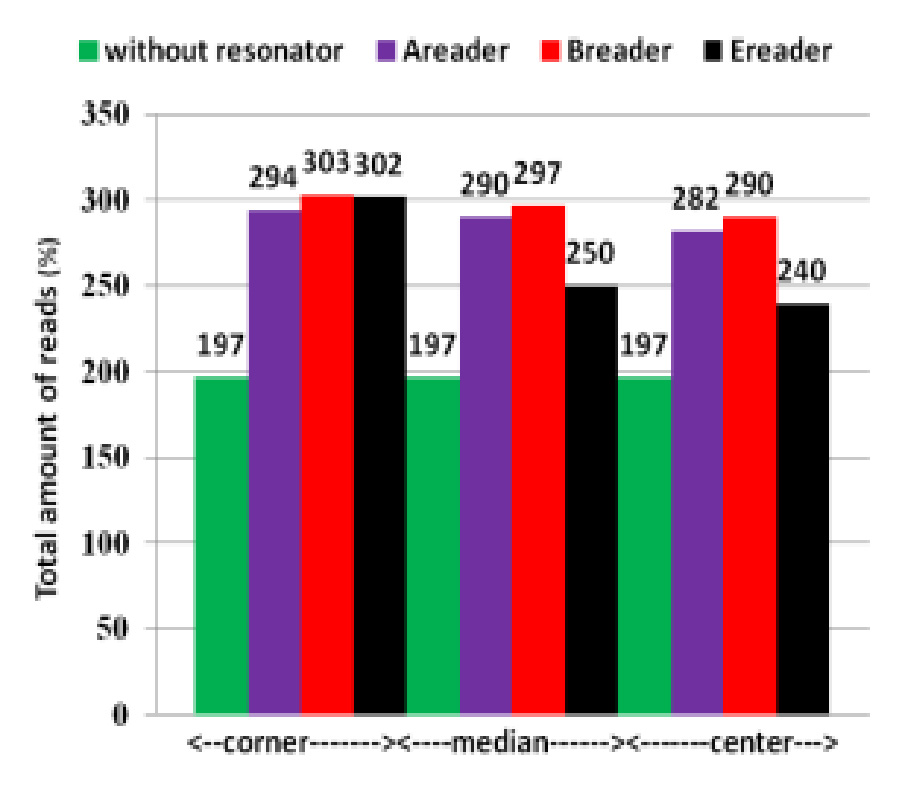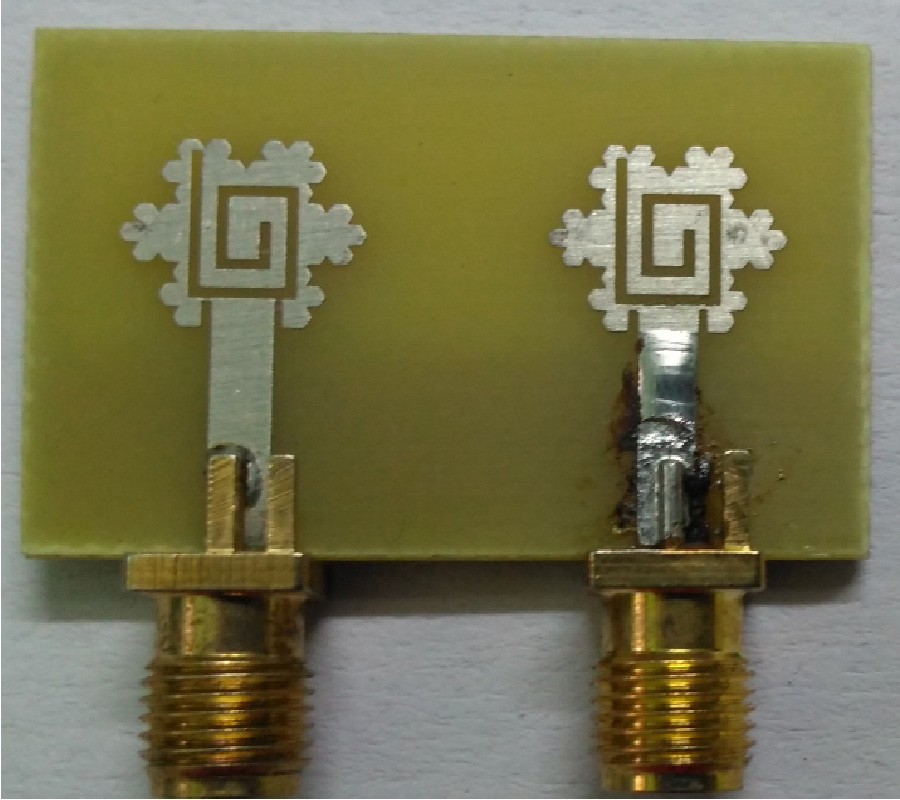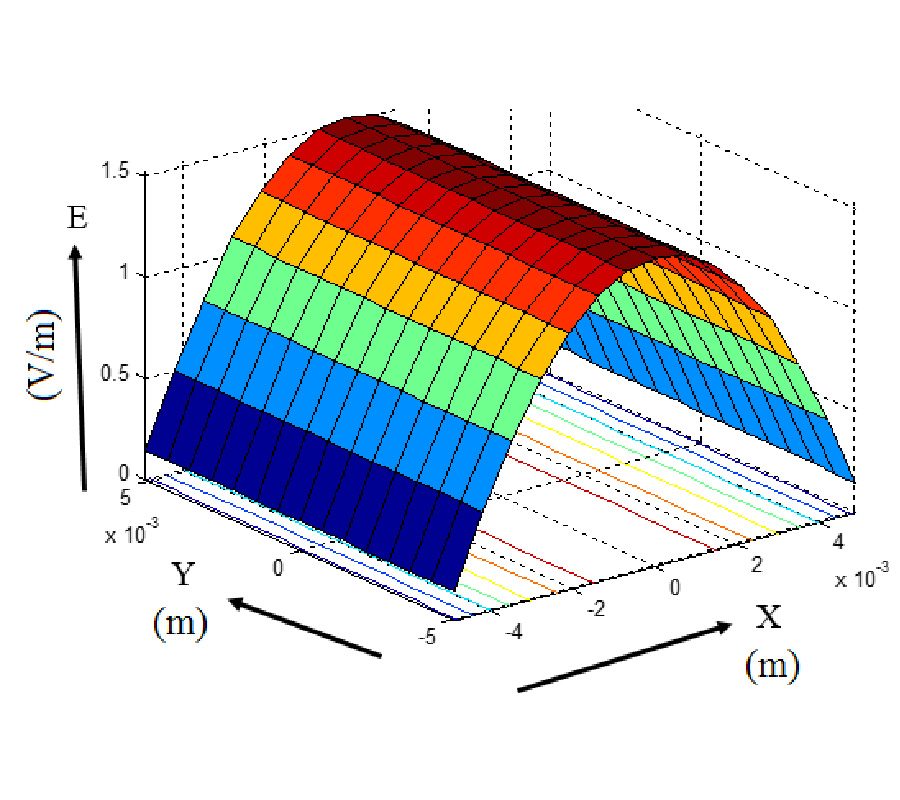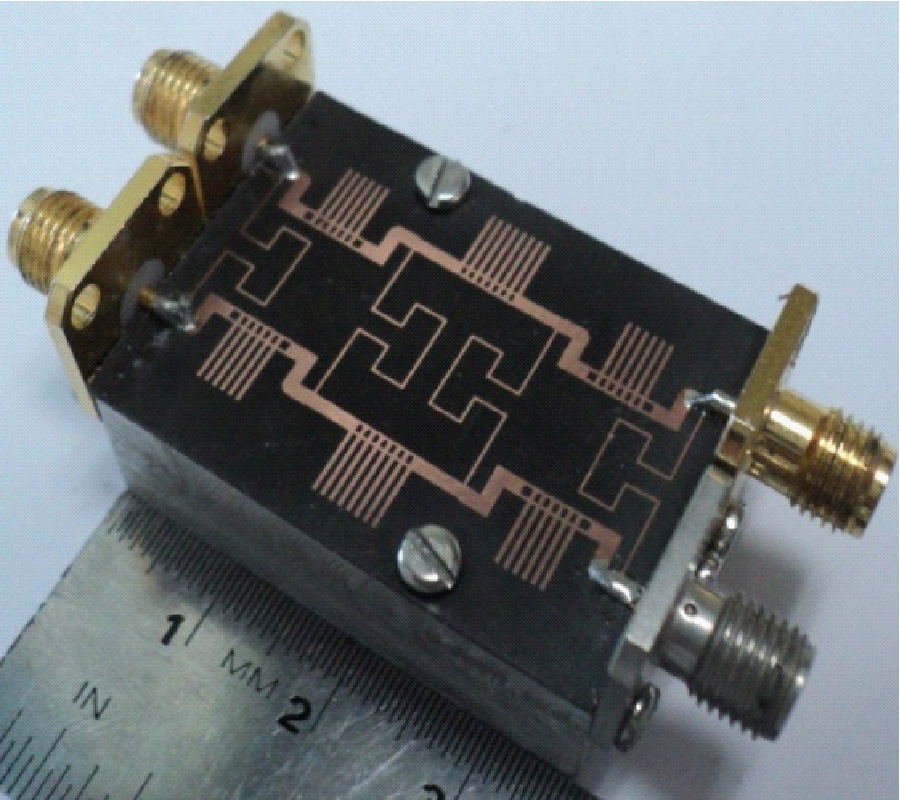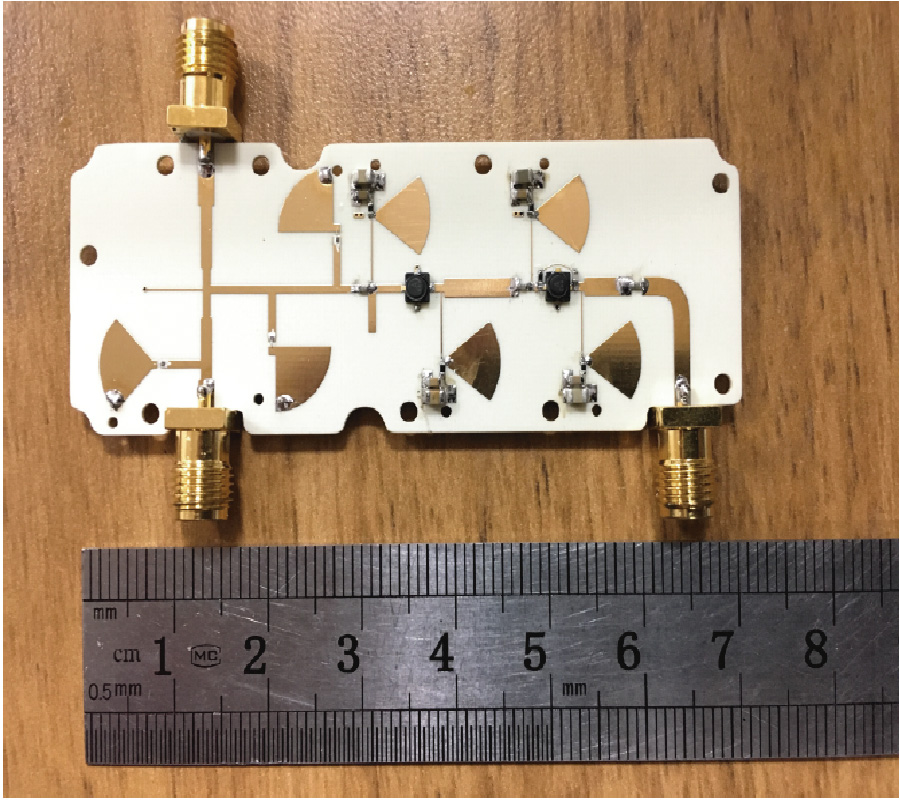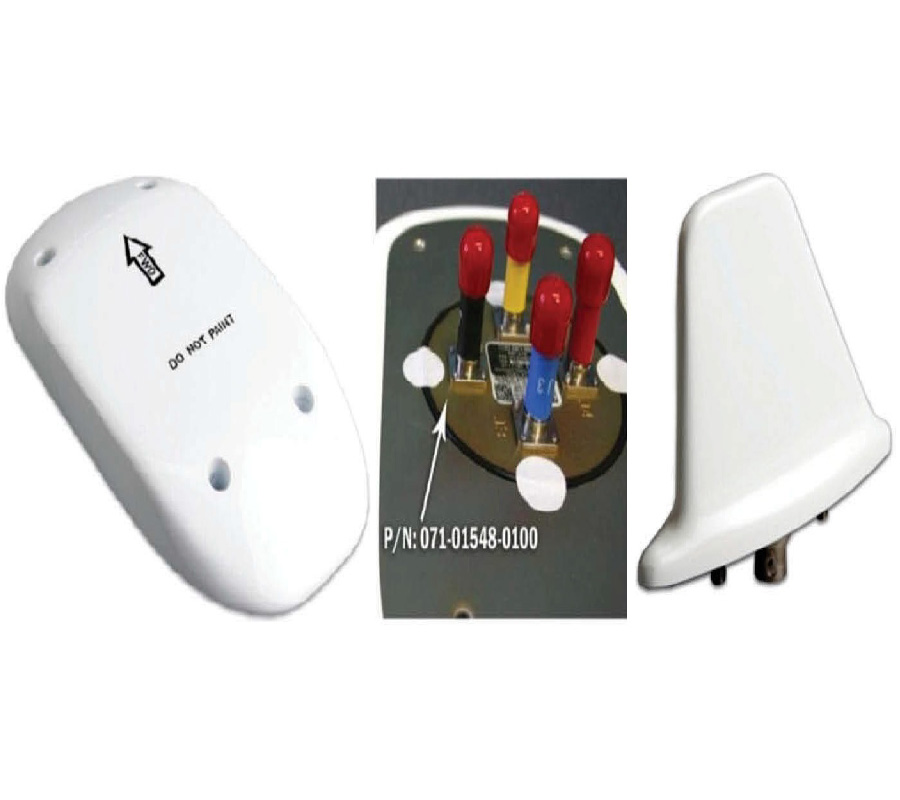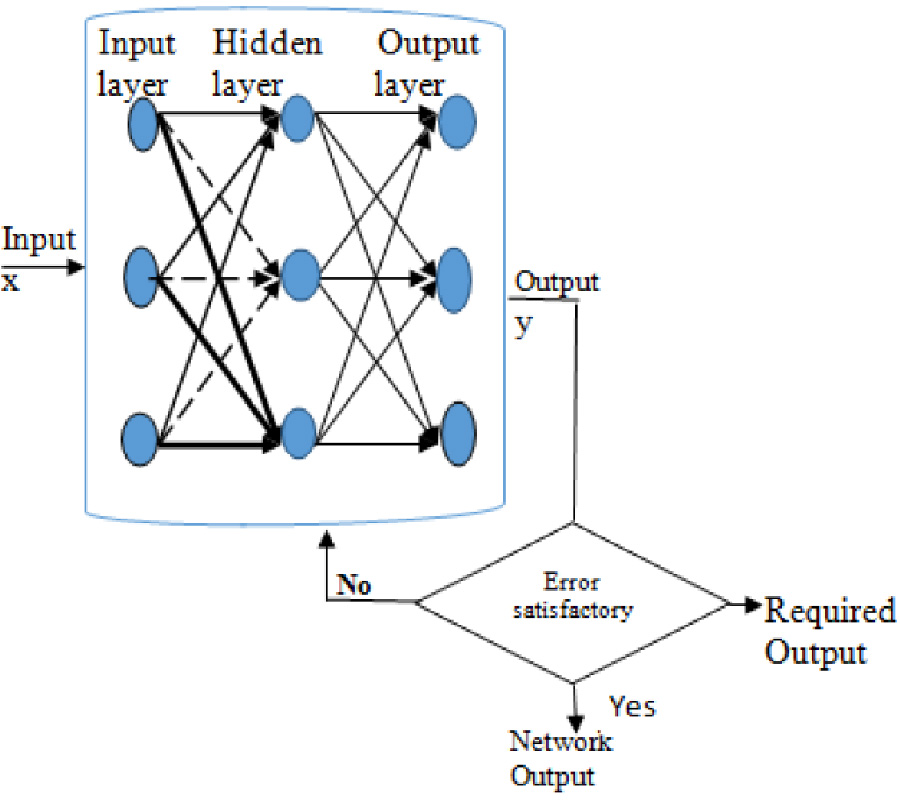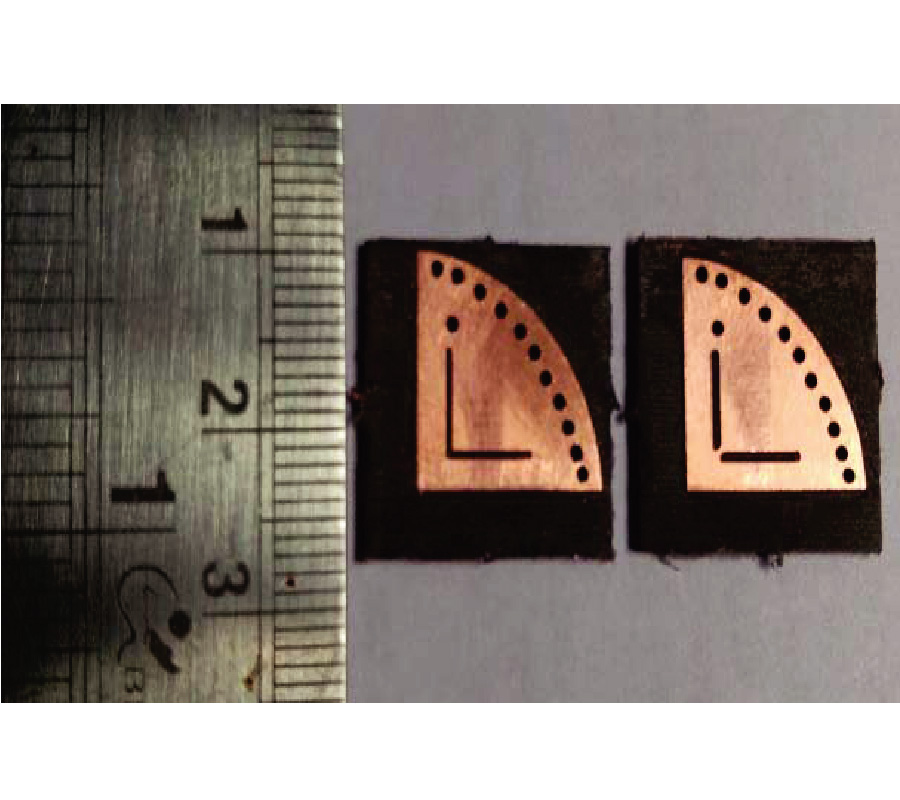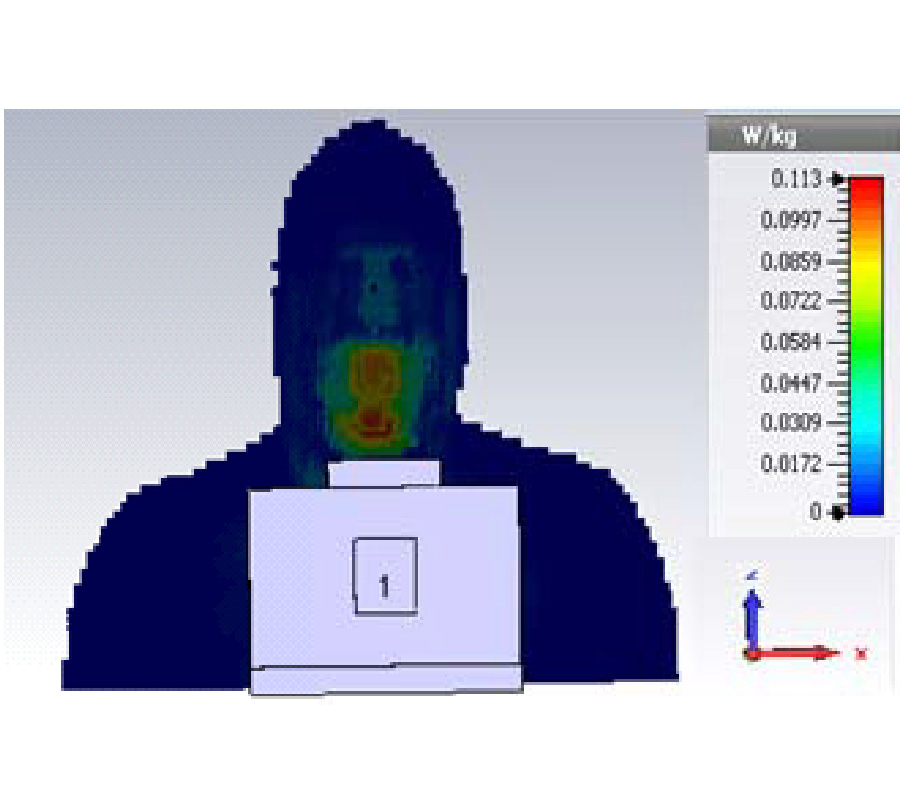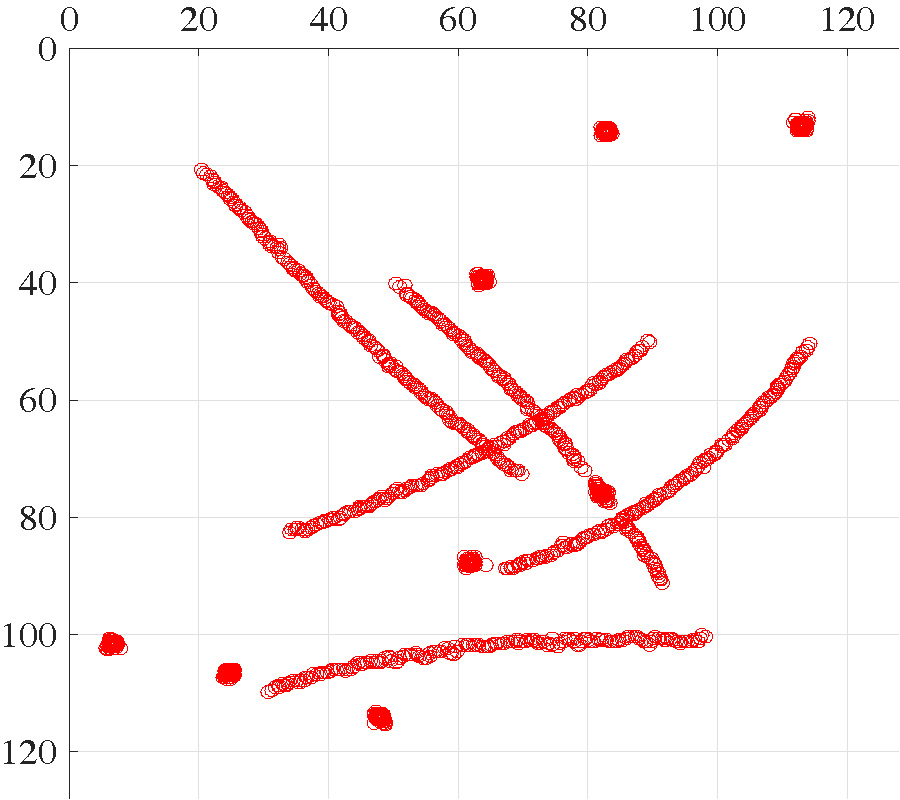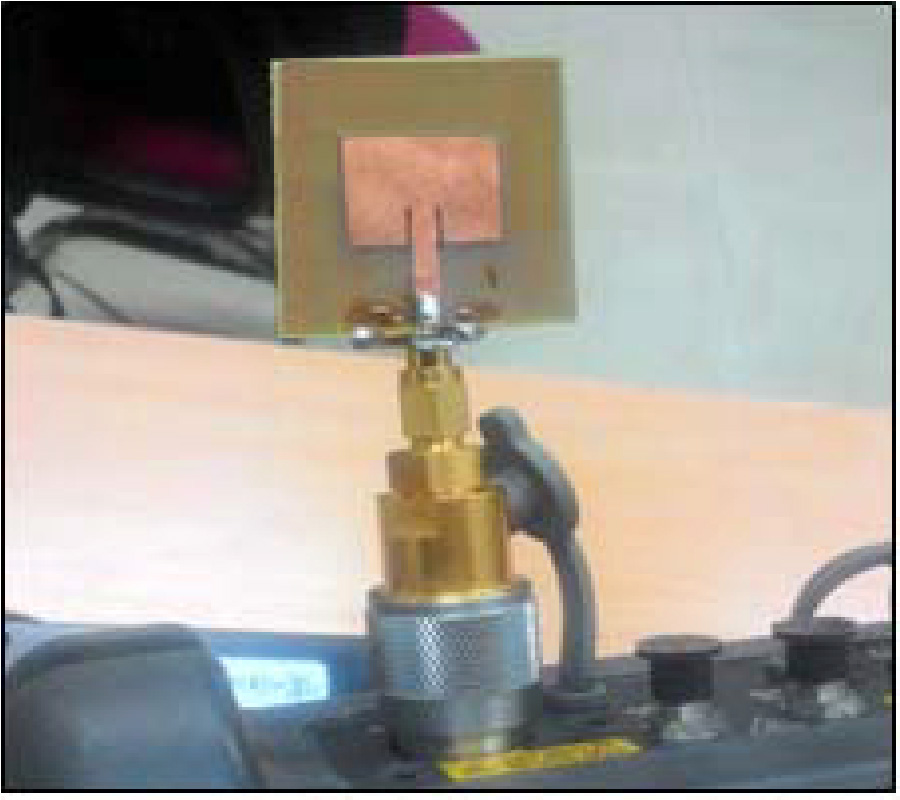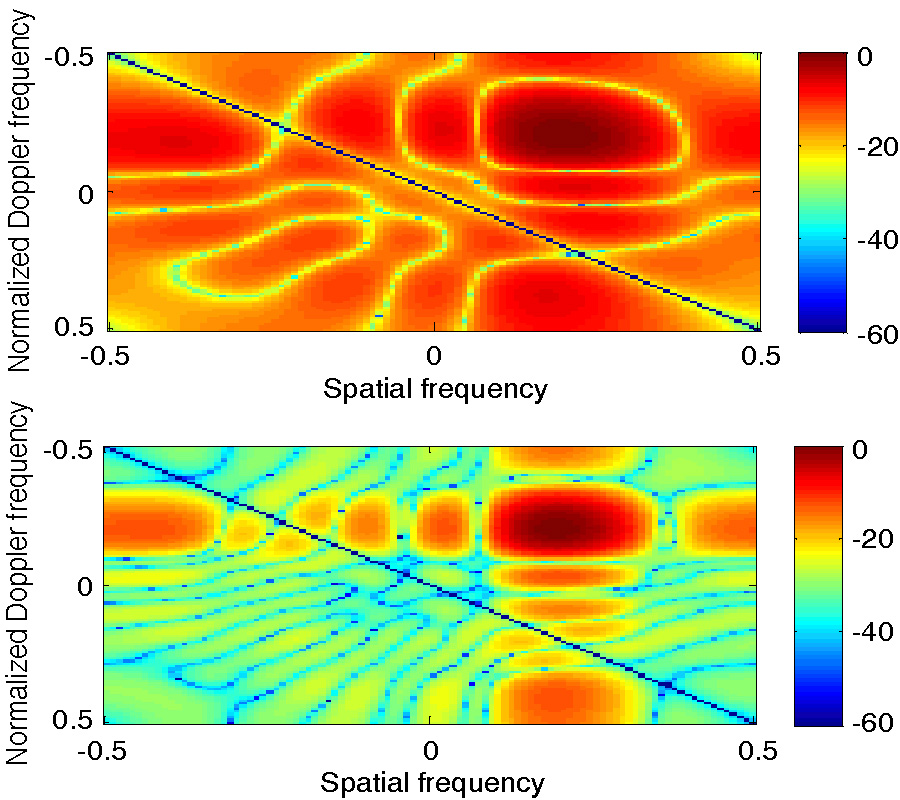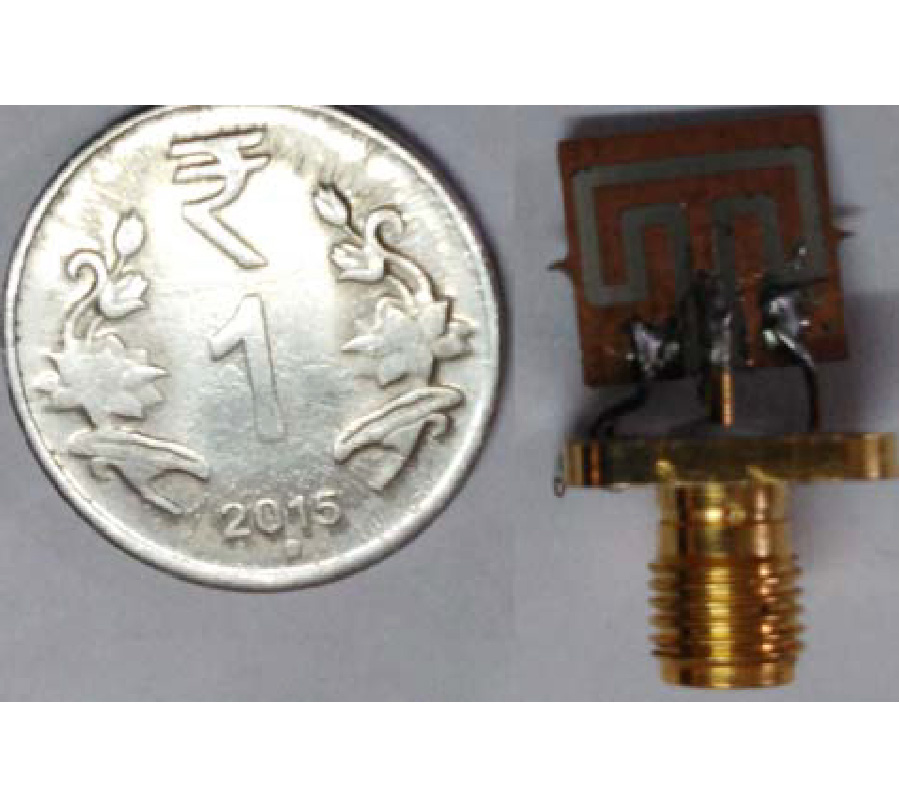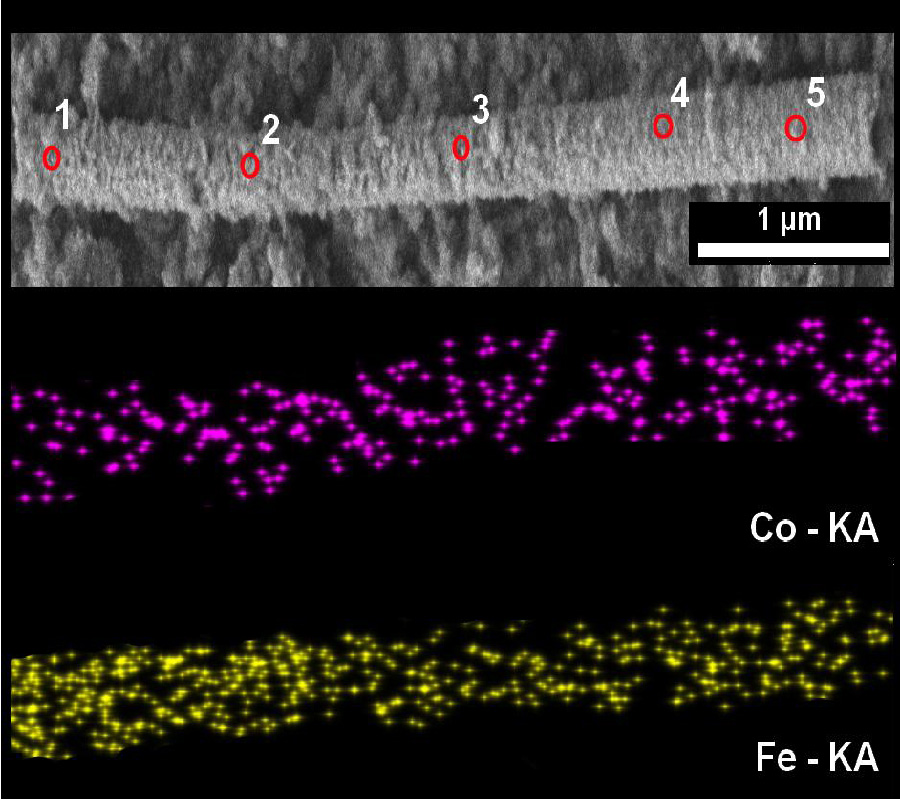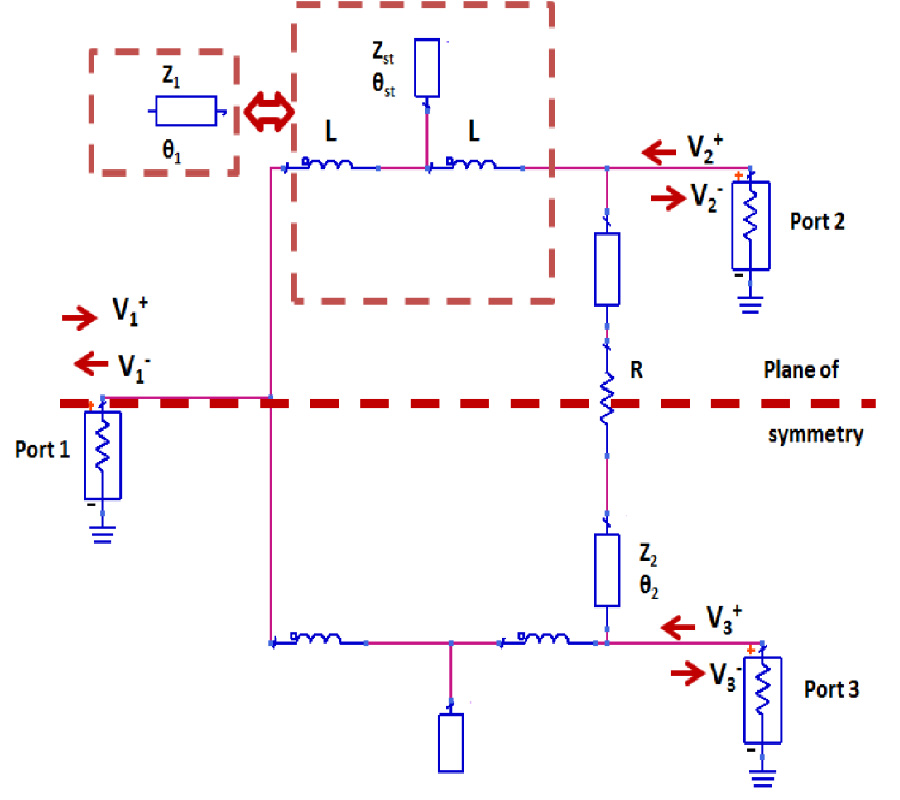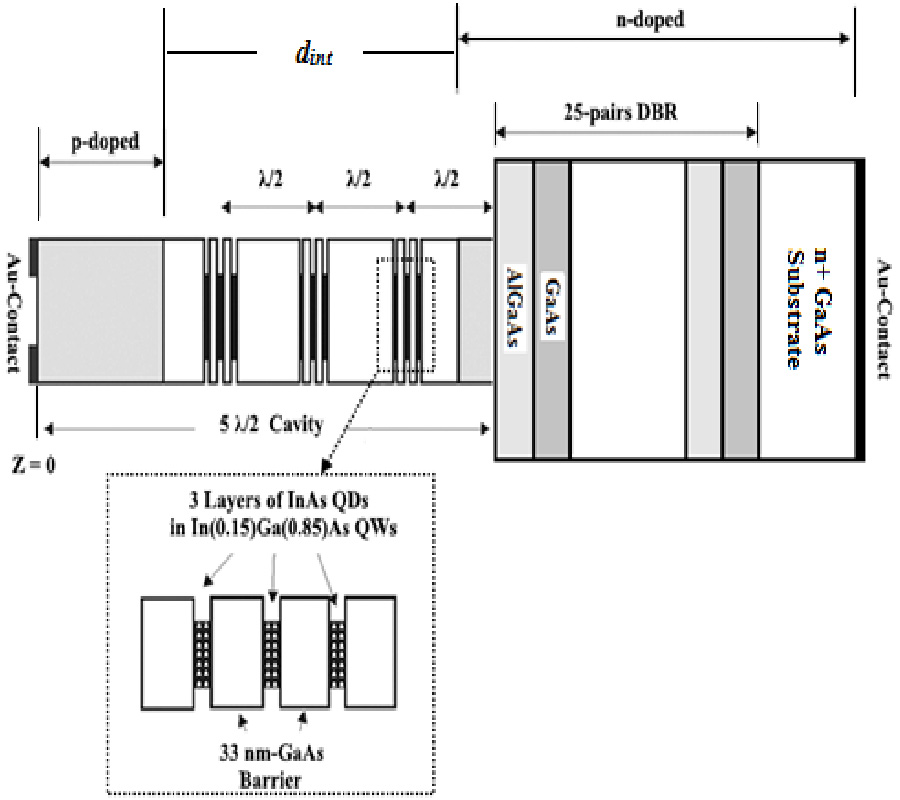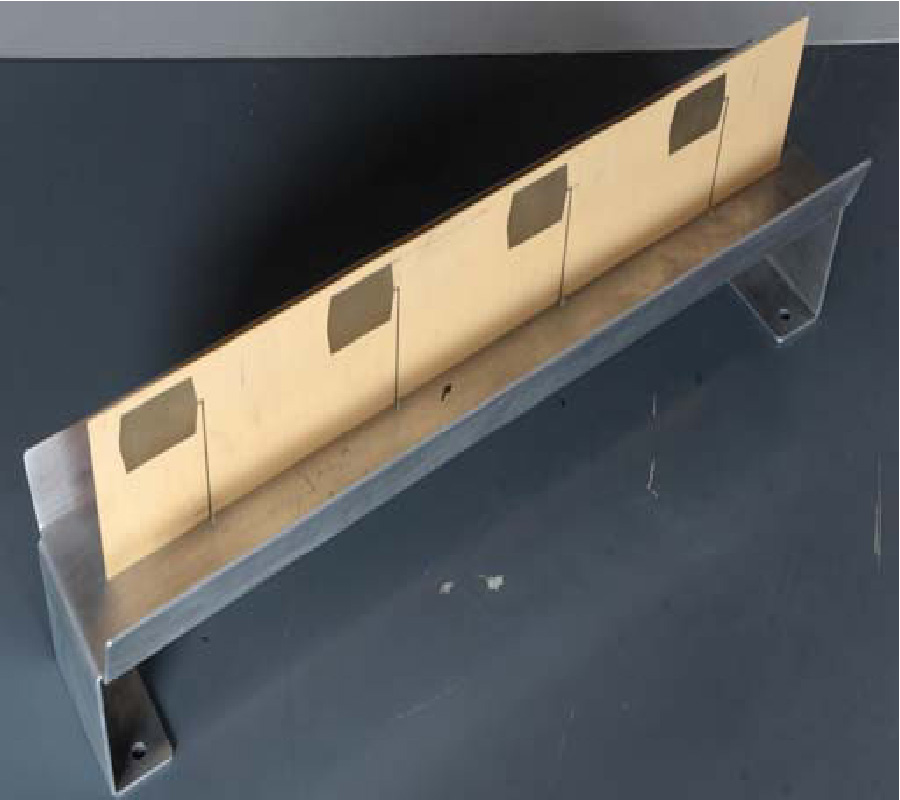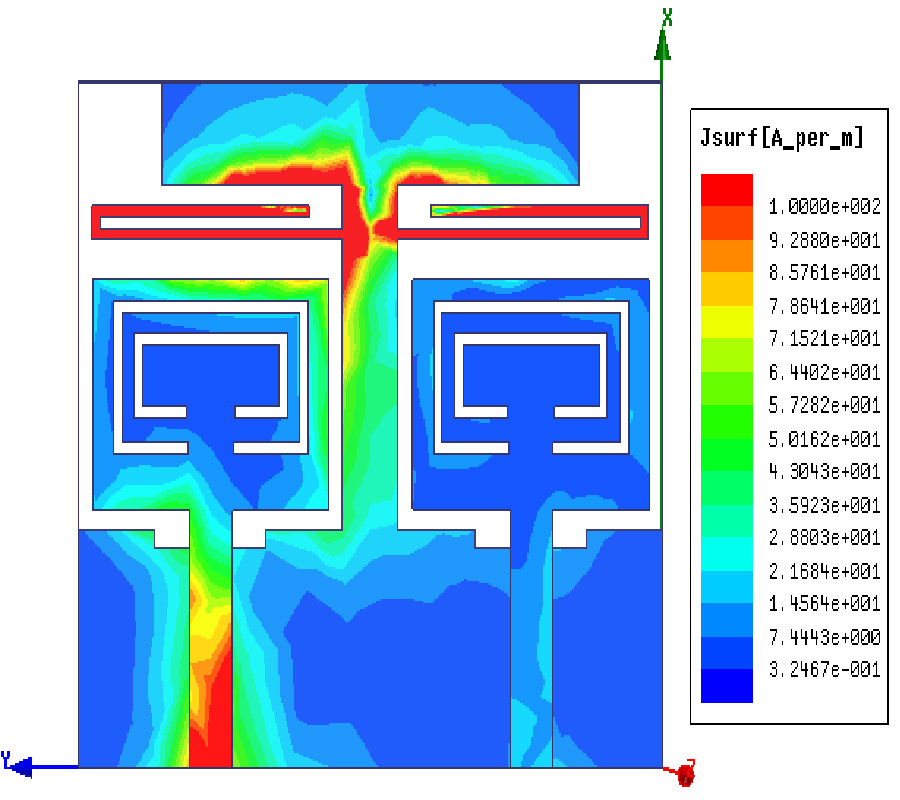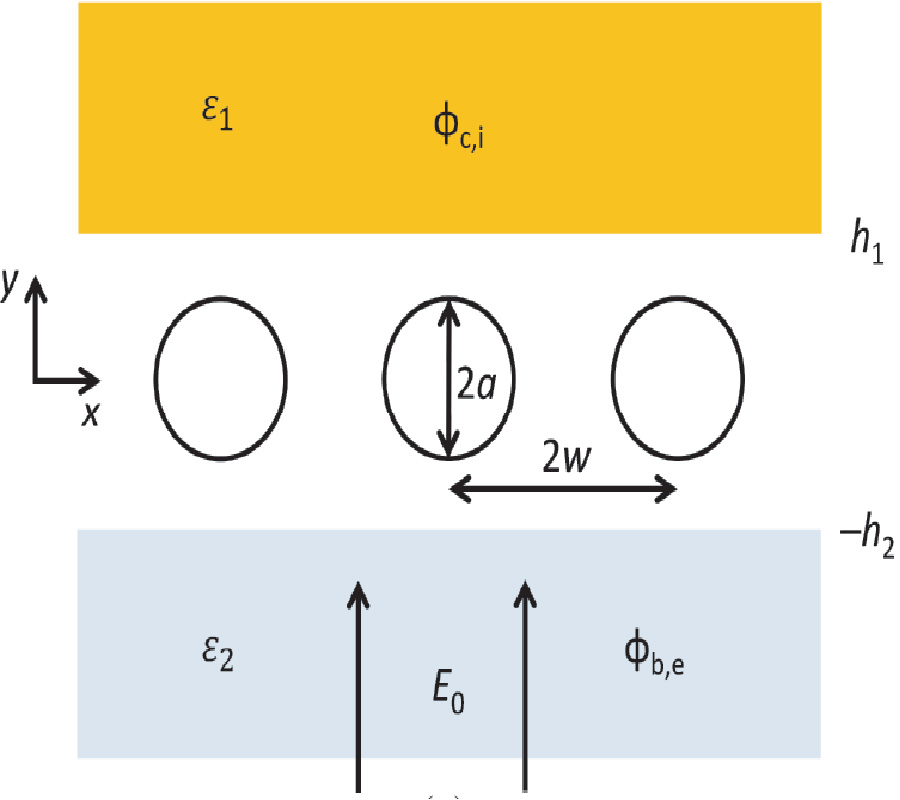An 8 GHz
Front-End Module with High-Performance T/R Switch and LNA
He Qi,
Jun-Ping Geng,
Weiren Zhu,
Liang Liu,
Ziheng Ding,
Xianling Liang,
Tingting Fan,
Xiangzhong Fang and
Rong-Hong Jin
A front-end module (FEM) consisting of a single-pole-double-throw (SPDT) switch and a low noise amplifier (LNA) with good performance is proposed. The SPDT switch is based on PIN diodes, which are mounted on impedance transforming lines parallelled to the main transmission lines with an asymmetric topology. This asymmetric topology is utilized to achieve low insertion loss and high transmit-to-receive isolation. The interstage matching of switch and LNA is designed to achieve low noise figure. To validate the design, the FEM is simulated, fabricated and measured. The experiment results show that, within the range of 7.8-8.1 GHz, the FEM achieves a gain of 22 dB and noise figure of 1.9 dB in receiving mode, with an insertion loss of 0.9 dB and isolation of 40 dB in transmitting mode. In addition, the FEM can handle up to 4 W transmitting power at 8 GHz with good linearity.
